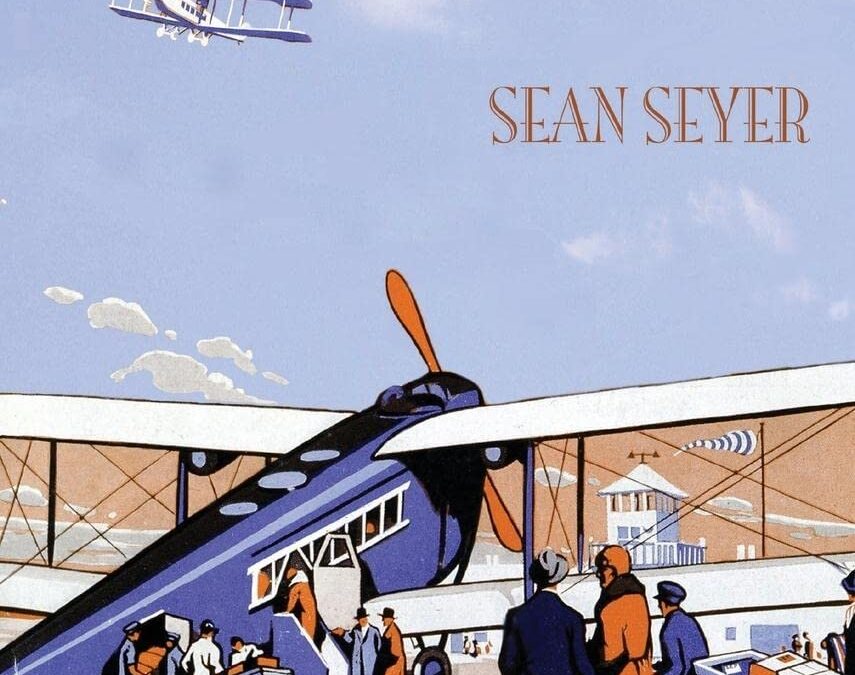
A pathbreaking history of the regulatory foundations of America’s twentieth-century aerial preeminence.
Today, the federal government possesses unparalleled authority over the atmosphere of the United States. Yet when the Wright Brothers inaugurated the air age on December 17, 1903, the sky was an unregulated frontier. As increasing numbers of aircraft threatened public safety in subsequent decades and World War I accentuated national security concerns about aviation, the need for government intervention became increasingly apparent. But where did authority over the airplane reside within America’s federalist system? And what should US policy look like for a device that could readily travel over physical barriers and political borders?
In Sovereign Skies, Sean Seyer provides a radically new understanding of the origins of American aviation policy in the first decades of the twentieth century. Drawing on the concept of mental models from cognitive science, regime theory from political science, and extensive archival sources, Seyer situates the development, spread, and institutionalization of a distinct American regulatory idea within its proper international context. He illustrates how a relatively small group of bureaucrats, military officers, industry leaders, and engineers drew upon previous regulatory schemes and international principles in their struggle to define government’s relationship to the airplane. In so doing, he challenges the current domestic-centered narrative within the literature and delineates the central role of the airplane in the reinterpretation of federal power under the commerce clause.
By placing the origins of aviation policy within a broader transnational context, Sovereign Skies highlights the influence of global regimes on US policy and demonstrates the need for continued engagement in world affairs. Filling a major gap in the historiography of aviation, it will be of interest to readers of aviation, diplomatic, and legal history, as well as regulatory policy and American political development.

The famous B-52 Stratofortress has been in service with the USAF for more than 65 years and its iconic shape is known and recognized all over the world. Yet the B-52 and its predecessor, the B-47 Stratojet, started out looking very different indeed. Each aircraft was the end product of a lengthy design process which saw numerous configurations studied – with plenty of diversions taken and missteps made along the way.
In Boeing B-47 Stratojet and B-52 Stratofortress: Origins and Evolution, aerospace engineer Scott Lowther reviews and explains the many different projects put forward for these two iconic aircraft, including a wide variety of rare and forgotten designs.
Providing full-page diagrams, a wealth of new artwork and accurate data, the book will be useful for model makers interested in new and unique projects, aerospace engineers curious about the process of design evolution and those interested in these fascinating aircraft.
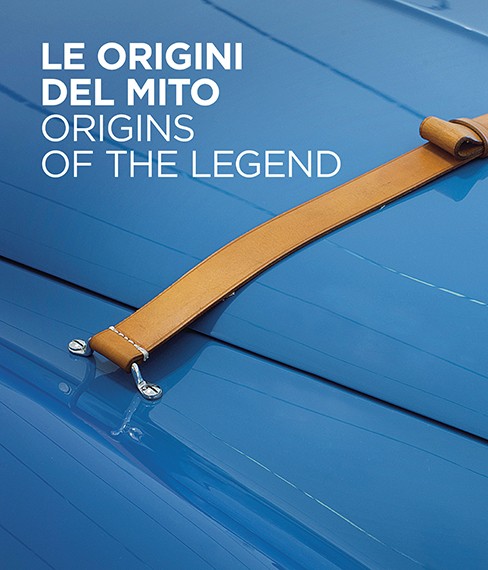
Interpreting the car racing world in a revolutionary way first with the Alfa Romeos of Scuderia Ferrari and, immediately thereafter, with the Touring Superleggera-bodied Ferrari 166, Enzo Ferrari was the creator of the racing car decked out as a Grand Tourer, a road car that, with just a few tweaks, was instantly ready for the track: the dream of every gentleman driver.

As World War II drew to a close, America’s premier fire apparatus builder–the American-LaFrance Foamite Corp. of Elmira, N.Y.–bet the company’s future on its radical new cab-ahead-of-engine 700 Series fire engines. In a spectacular gamble to capture the superheated postwar market, all of the company’s existing products were discontinued and its customers were essentially told to “take it or leave it.” This bold gamble paid off and 700 Series rigs soon filled firehouses across the nation, sweeping aside all competitors and ultimately defining the breakthrough 700 as “America’s Fire Engine.” This is the first comprehensive history of the game-changing 700. Individual chapters detail not only each of the eight major vehicle types but also the origins, design controversies, manufacturing, and marketing of the 700 and short-lived transitional 800 Series. The book includes a meticulously researched registry of every 700/800 series apparatus delivered, supported by many interpretive tables detailing production, specifications and major fire department fleets.

The CIA’s release of its book The Central Intelligence Agency and Overhead Reconnaissance 1954–1974 is a fascinating and important historical document. It contains a significant amount of newly declassified material with respect to the U-2 and Oxcart programs, including names of pilots; code names and cryptonyms; locations, funding, and cover arrangements; electronic countermeasures equipment; cooperation with foreign governments; and overflights of the Soviet Union, Cuba, China, and other countries.
Originally published with a Secret/No Foreign Dissemination classification, this detailed study describes not only the program’s technological and bureaucratic aspects, but also its political and international context, including the difficult choices faced by President Eisenhower in authorizing overflights of the Soviet Union and the controversy surrounding the shoot down there of U-2 pilot Francis Gary Powers in 1960. The authors discuss the origins of the U-2, its top-secret testing, its specially designed high-altitude cameras and complex life-support systems, and even the possible use of poison capsules by its pilots, if captured. They call attention to the crucial importance of the U-2 in the gathering of strategic and tactical intelligence, as well as the controversies that the program unleashed. Finally, they discuss the CIA’s development of a successor to the U-2, the Oxcart, which became the world’s most technologically advanced aircraft.
For the first time, the more complete 2013 release of this historical text is available in a professionally typeset format, supplemented with higher quality photographs that will bring alive these incredible aircraft and the story of their development and use by the CIA. This edition also includes a new preface by author Gregory W. Pedlow and a foreword by U-2 expert Chris Pocock.
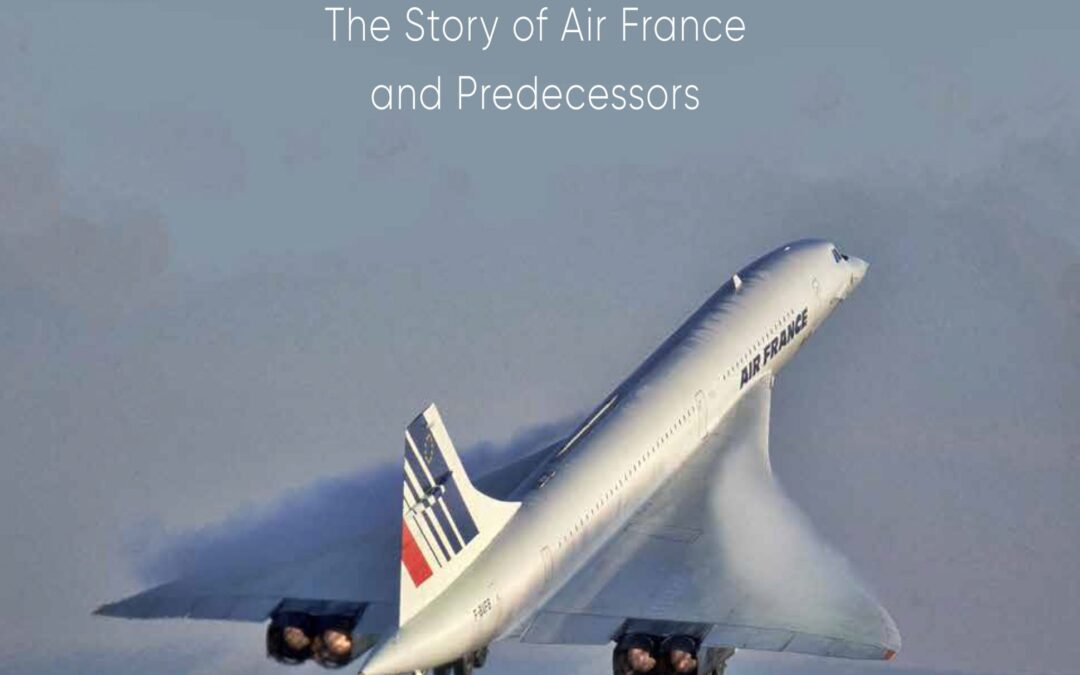
Now one of the world’s leading airlines, Air France had its origins in the major restructuring of the French air transport industry through the merger of Air-Orient, Air Union, Société Générale de Transports Aérien (SGTA) and Compagnie Internationale de Navigation Aérienne (CIDNA), which became the Société Central pour l’Exploitation de Lignes Aériennes (SCELA). This was renamed Air France on 30 August 1933, following the takeover of the assets of the bankrupt Aéropostale. The above airlines themselves represented the consolidation of a crowded field of pioneering companies that emerged immediately after the First World War, both in France and in French possessions overseas, taking advantage of a fledgling but burgeoning aircraft industry.
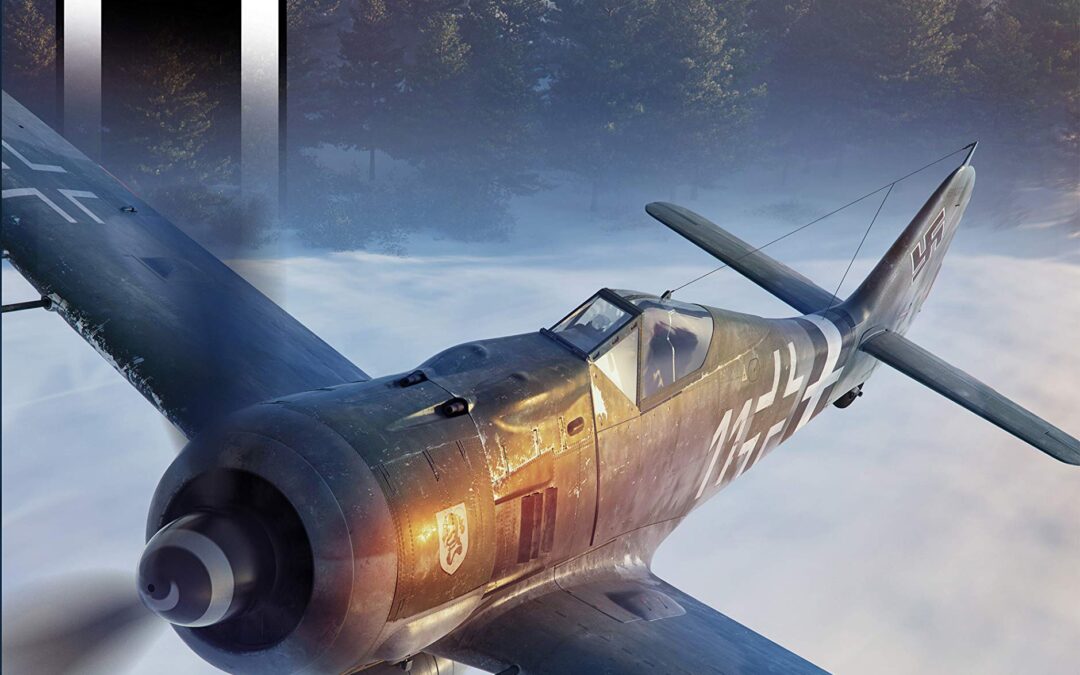
When it appeared in the skies over Europe in 1941, the Focke-Wulf Fw 190 A was the best fighter in the world. It was more than a match for the best Spitfires the RAF could field and began shooting them down in ever-increasing numbers. Only the introduction of the Spitfire IX with its two-stage supercharged Merlin overturned its supremacy.
Alongside the Messerschmitt Bf 109, the Fw 190 is the iconic fighter of the Luftwaffe during the Second World War. It was hugely adaptable and fought on nearly all fronts, proving to be a formidable opponent.
The Fw 190 F and G fighter-bombers effectively replaced the Ju 87 Stuka in the ground-attack role in the west and provided the Luftwaffe with much-needed additional capability.
The Fw 190 was used for the Mistel flying bomb combination and as a test aircraft for the Ruhrstahl X-4 wire-guided air-to-air missile, and in its Fw 190 A-8 and A-9 forms fought on the front line right until the bitter end.
This book tells the story of the legendary fighter with previously unseen drawings and photos which shed new light on the aircraft’s origins.
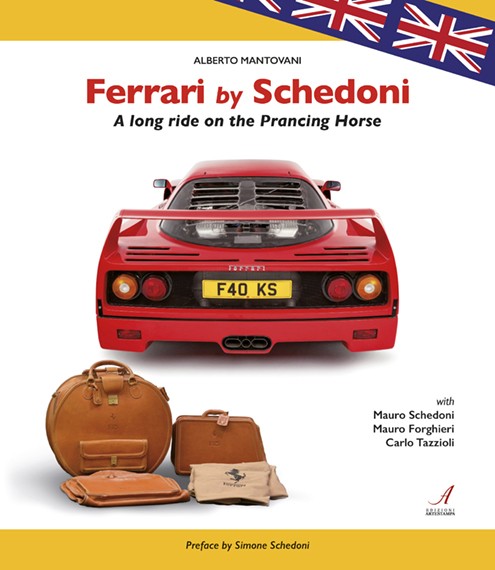
The origins, accounts, anecdotes, and many photos guide the reader along a half a century long journey, which nowadays continues and connects two top brands from Modena. The protagonists are the roaring cars built by Ferrari in Maranello and the magnificent leather objects made by Schedoni from Modena, which worthily complement all that splendour. Together, we are about to leaf through the story of the “Rosse” and their valuable accessories, both of which are Italian masterpieces envied by the whole world. Come on, get on board with us!
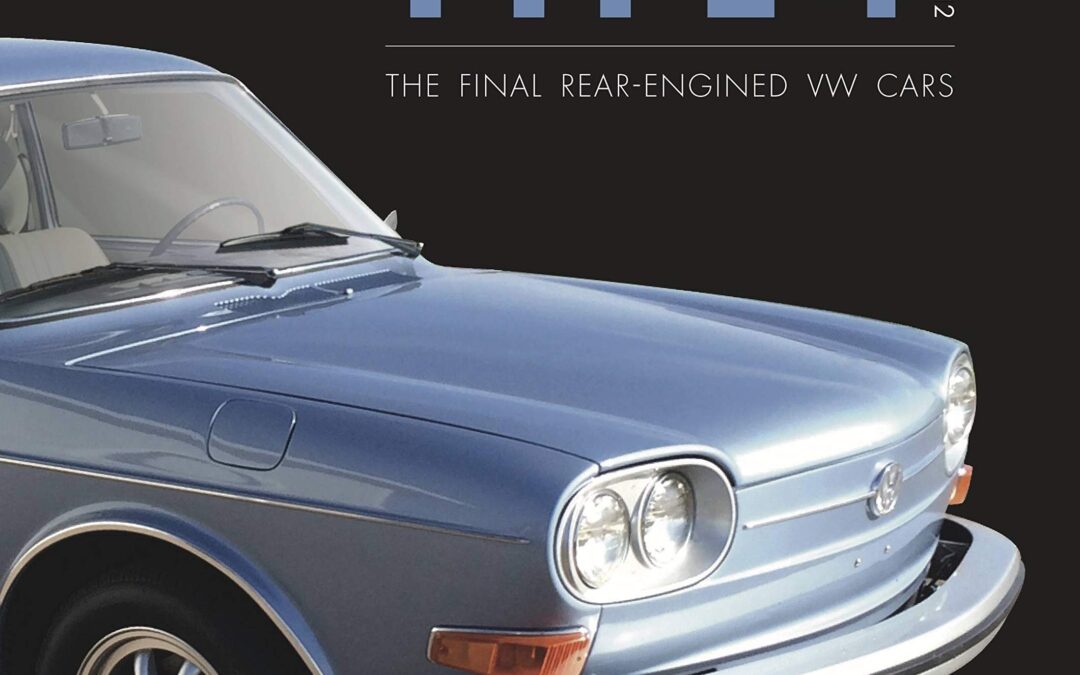
What kind of car is that? It looks like a big Beetle! If ever there was a car in search of a context and market, it was the VW Type 4. Volkswagen’s first foray into the upscale sector brought engineering innovation to Wolfsburg. It also tried to convince worldwide buyers that VW still had the right stuff. With design origins in the Porsche consultancy, the signs were hopeful. However, globally, the automarket was rapidly changing.
The VW Type 4’s portfolio ran to unitary construction and fuel injection, but had to face fancy competition from Detroit’s European subsidiaries. All the while, VW was searching for its future road, and faced challenging developments. The fuel crisis and Japanese competition in North America kept the pressure on at Wolfsburg.
Could the VW 411 and 412’s solid traditional virtues carry the day? Then and now the Type 4’s unbreakable VW quality, and flat out sustainability, appealed to air cooled devotees. The 411 and 412 brought a new dimension in comfort to VW, and its hardware design was utilized by the air cooled clan both on and off road. The Type 4 even had a sports car connection, and never lost the power to surprise.

Perfect in its compactness, in its functionality, and in its widely imitated design, the Vespa scooter is not only a means of transport, but a true icon. In celebration of Vespa’s 75th anniversary, Vespa: Style and Passion is the lavishly illustrated official history of the legendary scooters and the culture they’ve inspired.
Introduced by the Italian firm Piaggio in 1946 with the model 98, Vespa enjoyed quick success. The scooters’ diminutive size and affordability were perfect for promoting postwar mobility. But as with most novel designs, it would also be highly imitated, destined for icon status. From Piaggio’s origins to the first Vespa prototypes to today’s forward-looking Elettrica model, Vespa: Style and Passion is the ultimate retrospective of this beloved brand.
A rich selection of visuals includes dozens of studio images of the most significant models from throughout Vespa history—including classics like the 125, 150 GS, Super Sprint, Primavera, and Rally—as well as period advertisements, rare archival photographs, and images of Vespas in popular culture and motorsport. Mod culture, perhaps most responsible for spreading scooter culture, is also given its due with images of customized Vespas.
Vespa: Style and Passion relates with elan and high design the endless evolution of a marque that has conquered six continents, with 19 million units sold. The Vespa is not simply a scooter, but the scooter, known and appreciated the world over—a rare example of a motor vehicle that survived crises and fashions, always remaining faithful to the original concept. This is the definitive story of that influence.
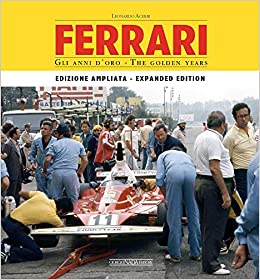
Ferrari’s sporting history, from the origins to 1988, the year of Enzo Ferrari’s death, narrated in 400 pages and more than 700 photos, most of which previously unpublished and drawn from the publisher’s own archive. More than a book, Ferrari The Golden Years this is a unique and prestigious document that reviews year by year, from 1947 to 1988, the true sporting epic of Ferrari’s Ferrari. Page by page, we find champions of the calibre of Tazio Nuvolari, Alberto Ascari, John Surtees, Niki Lauda, Gilles Villeneuve and many others, who in Formula 1 and elsewhere won world titles at the wheel of unforgettable cars such as the 500 F2, the 158 F1, the Testa Rossa, the 250 GTO, the 330 P4 and the successful 312 T family, from the 1950s through to the late 1980s. This new enlarged edition includes not only champion drivers, but also the men and the mechanics who lived in close contact with the Drake. They are described in specific text boxes: from Romolo Tavoni to Mauro Forghieri, from Franco Gozzi to Marco Piccinini, from Ermanno Cuoghi to Giulio Borsari. All accompanied by contextual texts by Leonardo Acerbi, a Ferrari historian of great experience. The book contains a unique collection of images, many in black and white but also a series of very rare colour shots, the majority by Franco Villani, a great reporter long associated with the Prancing Horse. An album allowing us to relive one of the greatest sporting stories of all time.

Classic TT Racers: The Grand Prix Years 1949-1976 is a history and tribute to some of the most important and successful motorcycles that raced during the TT’s years as host of the British round of the motorcycle world championship. Topics include the events and personalities that led to the creation of the race and its challenging course.
The early success of the British motorcycle manufacturers -Norton, Velocette, AJS and Matchless – and their riders are covered as are the origins of the Italian Fours – Gilera and MV Agusta Quattro. The influence and reign of the Japanese manufacturers – Honda, Yamaha, Kawasaki and Suzuki – are discussed. Finally, details are included of the technical developments that enabled the bikes to conquer the mountain course with world-record beating times.

Introduced in 1968, the BMW 2002 is one of the best-loved automobiles of all time, but its origins have been shrouded in mystery and misinformation for the last 50 years. The BMW 2002: The real story behind the legend reveals the truth behind this seminal car’s creation. It dispels the myth that the car was built at importer Max Hoffman’s instigation, telling the real story of the designers, engineers, executives, and federal regulators who shaped the 2002 into the perfect mixture of performance and practicality. The BMW 2002: The real story behind the legend begins in 1960, with BMW’s first design drawings for a successor to the 700 coupe, and covers every engine and body-style variant through the final cars of 1976. No mere catalog of specifications, the book delves deeply into the process by which the cars were created: the decisions that were made, and the rationales behind them. The BMW 2002: The real story behind the legend also tells the story of BMW’s business operations in the US during that crucial period, from the days of independent importers Hoffman Motors Corp. and Fadex through the creation of BMW of North America, the Munich corporation’s wholly-owned sales subsidiary. As BMW’s first real hit in the US market, the 2002 put BMW on the path to becoming a global success story, and one of the world’s most respected car companies. This is the story of how that happened…and how it almost didn’t. 132 pages, with 110 black-and-white illustrations.
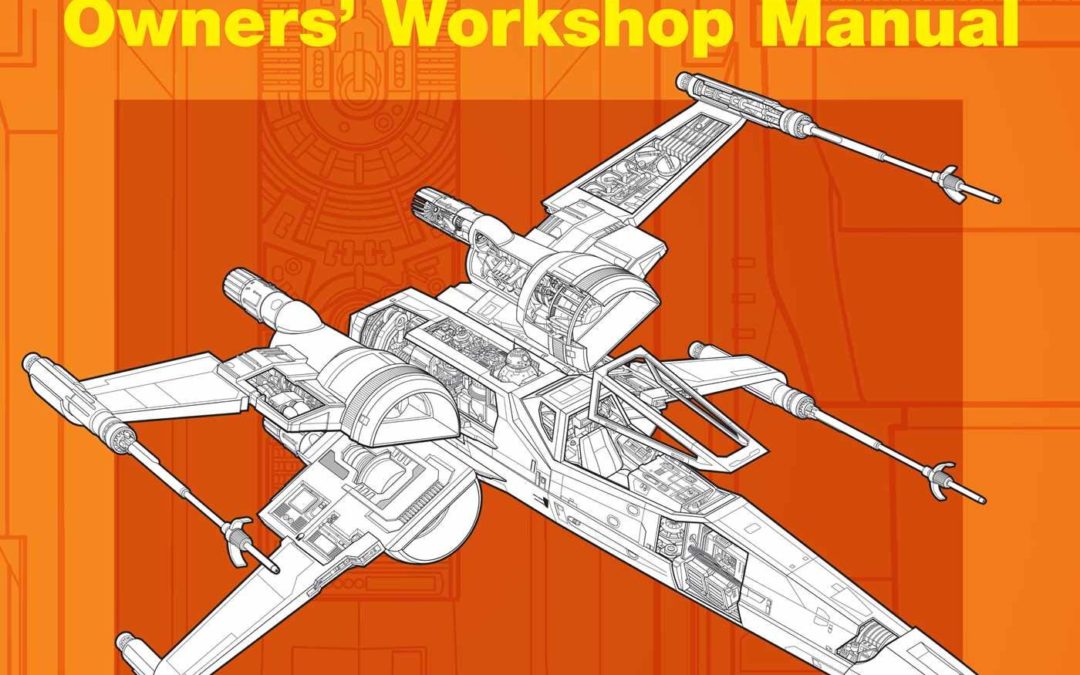
After the Clone Wars, the Galactic Empire spared no expense to build a massive fleet of warships to enforce Imperial rule, intimidate defenseless worlds, and destroy all opposition. However, the Imperial Navy underestimated Rebel Alliance fighter pilots, who flew X-wing, Y-wing, A-wing, U-wing and B-wing starfighters, and whatever else they could obtain to fight their Imperial enemies. Decades later, Resistance pilots would fly next-generation versions of Rebel starfighters against the First Order.
The Rebel Starfighters Owners’ Workshop Manual presents a thorough history of the starfighters that served the Rebel Alliance and the Resistance. The history includes design origins, production, and modifications for each Rebel starfighter, and is fully illustrated with numerous photographs, schematics, exploded diagrams, and computer-generated artwork by Star Wars vehicle experts Chris Reiff and Chris Trevas. Text is by Ryder Windham, author and co-author of more than 70 Star Wars books. This Haynes Manual is the most thorough technical guide to Rebel starfighters available, and is fully authorized and approved by Lucasfilm.
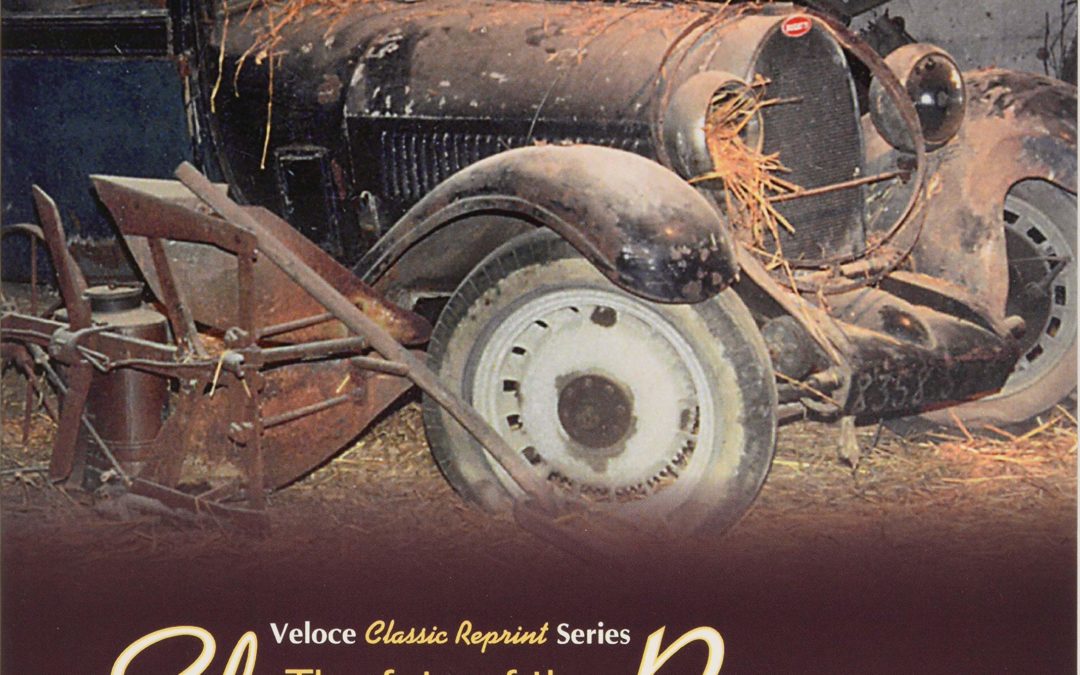
Say ‘Sleeping Beauties’ to committed car enthusiasts and they will immediately know what you’re talking about: a world famous 1980s photo series, showing an extraordinary collection of classical automobiles rusting away in a French barn, neglected by their owner. Famous brands like Bugatti, Lancia, Ferrari, Alfa Romeo, Cord and Aston Martin, laying under thick layers of dust, spending their remaining days falling apart in isolation.
Many have tried to find out what happened to these cars since the photographs were taken – decayed? destroyed? sold? – but all leads fizzled out … until two Dutchmen and a German hung on where others had given up. In true ‘Boy’s Own’ style, their book tells of the three-year-long search for the fate of the cars from that French barn. It tells the story behind the collection’s origins in 1948, through to the moment in 1983 when the famous photos were published, up to the day in 2007 when the authors talked to the current 79 year old owner – a man who finally broke his silence about the fate of his collection for the first time in 25 years.
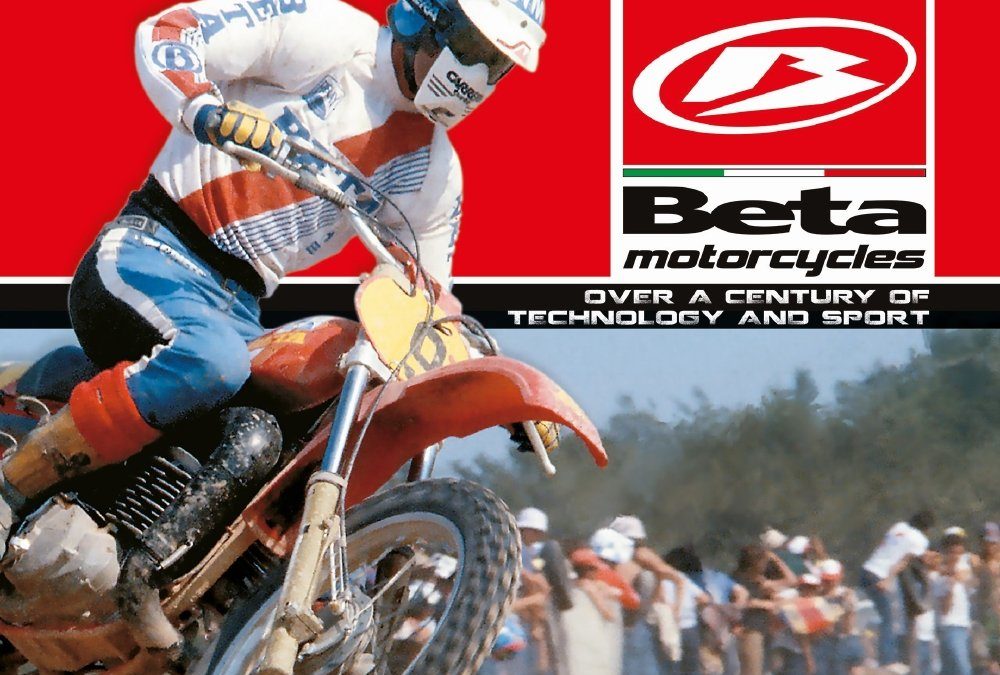
This book covers the long history, from its origins through to the present day, of the historic Italian manufacturer Beta Motorcycles, active in the two-wheeled world for over 100 years, presenting previously unpublished material.
A particularly versatile firm, Beta Motorcycles has proved capable of diversifying its products–building all kinds of motorcycles–and satisfying the mutating demands of its clientele. The Florentine marque built its own two- and four-stroke engines in-house, but has always been open to joint ventures with other European or Japanese firms.
Founded as a bicycle manufacturer, Beta Motorcycles moved into the moped market in the 1960s, off-road motorcycles in the late 1970s, enduro models in the following decade and then scooters, for over 20 years, not to mentions the Trial sector in which it conquered eight World Championship titles. In more recent years the company has returned to the “classic” Motocross and Enduro categories and in 2016 collected a further two world titles, including the Constructors’ Championship.
The book features a comprehensive catalog of every model and every engine produced by Beta Motorcycles over more than a century.
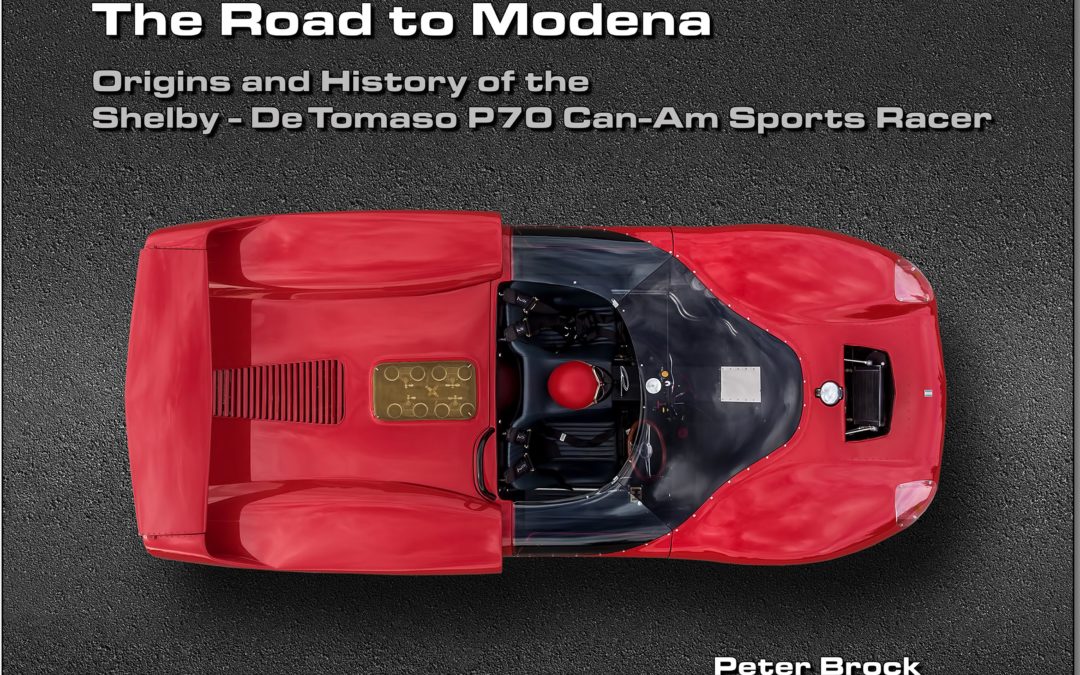
Origins and History of the Shelby – De Tomaso P70 Can-Am Sports Racer
In this book I cover my years at Shelby American with a focus on the time I spent in Modena, Italy designing the Shelby – De Tomaso P70 for Carroll Shelby, a car planned for the emerging Can-Am series.
Working in Modena was one of the best experiences of my life. I started to write the history and creation of the P70, and the stunning body construction techniques I learned from the Italian artisans, when I realized I had to put the car in context of this incredible time period and also describe what was happening with Carroll’s numerous projects, racing and the other cars I was designing.
I share the transition from the Cobra’s first appearance in ‘62 to its championship in ’63, through to the King Cobra USRRC race period to the transition to Can-Am. Shelby’s every move was well thought out and intentional, all with the ultimate goal of getting Ford’s lucrative GT40 program but having contingency plans in case it didn’t happen. Shelby’s venture with Alejandro de Tomaso on the P70 was one of those contingencies.
Looking back, these few short years turned out to be some of the most interesting and innovative in sports racer history. The quest to understand and harness air flow and ground effects led to amazing creativity. The Can-Am race series showcased it to the world.
My designs during this period at Shelby’s included the FIA World GT Champion Daytona Cobra Coupe, the Shelby GT350 Mustang, the Lang Cooper, the Nethercutt Mirage, Shelby’s Can-Am spec racer as well as the Shelby – De Tomaso P70. I give the inside story of each and the pivotal role talented driver Dave MacDonald played in Shelby’s plans.
I trust you will also enjoy the details and photos I share of how the P70 body was built with the unique techniques of the talented craftsmen of Modena and how, even though Shelby cancelled the project near its end, the P70 launched de Tomaso into the spotlight. — Peter Brock

The German A4 rocket, or V2 – ‘Vergeltungswaffen Zwei’ (Vengeance Weapon 2), was the most sophisticated and advanced weapon developed in Europe during the Second World War. From September 1944 to March 1945, German army launch teams fired more than 3,000 V2 rockets at targets in England, France, Belgium and even within Germany itself. Many V2s were fired from mobile launch sites and from concealed wooded areas, using fleets of transporters and trailers with sophisticated ancillary and support vehicles. Traveling at the edge of space, the V2 rockets fell without warning at supersonic speeds, turning buildings and streets into cratered rubble, and terrorizing the civilians targeted by these attacks.
Drawing on a wide range of archive sources, rare personal accounts and interviews conducted with personnel associated with the A4/V2 program, rocketry expert Murray R. Barber traces the origins of the V2 and presents a detailed view of the research conducted at the secret, experimental rocket-testing facility at Kummersdorf West and the vast, infamous base at Peenemunde. This important new work reveals the transformation of the rocket into a weapon of war and describes the A4 in detail as well as the intense and often difficult intelligence effort by the Allies to discover more about this highly secret and unprecedented weapon, and to destroy it.
The author also describes the field-testing of the A4 rocket, its reliability problems and the remedies and compromises employed to deal with them. He reveals the activities of the SS and their machinations to gain control of the rocket program from the Wehrmacht, as well as the subsequent operational deployment of the V2 in Operation Penguin, the ‘vengeance’ offensive against the British Isles.
Illustrated throughout with rare and many previously unseen images (including color photographs), technical drawings and maps, this is the most comprehensive book ever on the V2, and includes important new details of the post-war development and testing of the rocket and its role in the dawning of the space age.






















